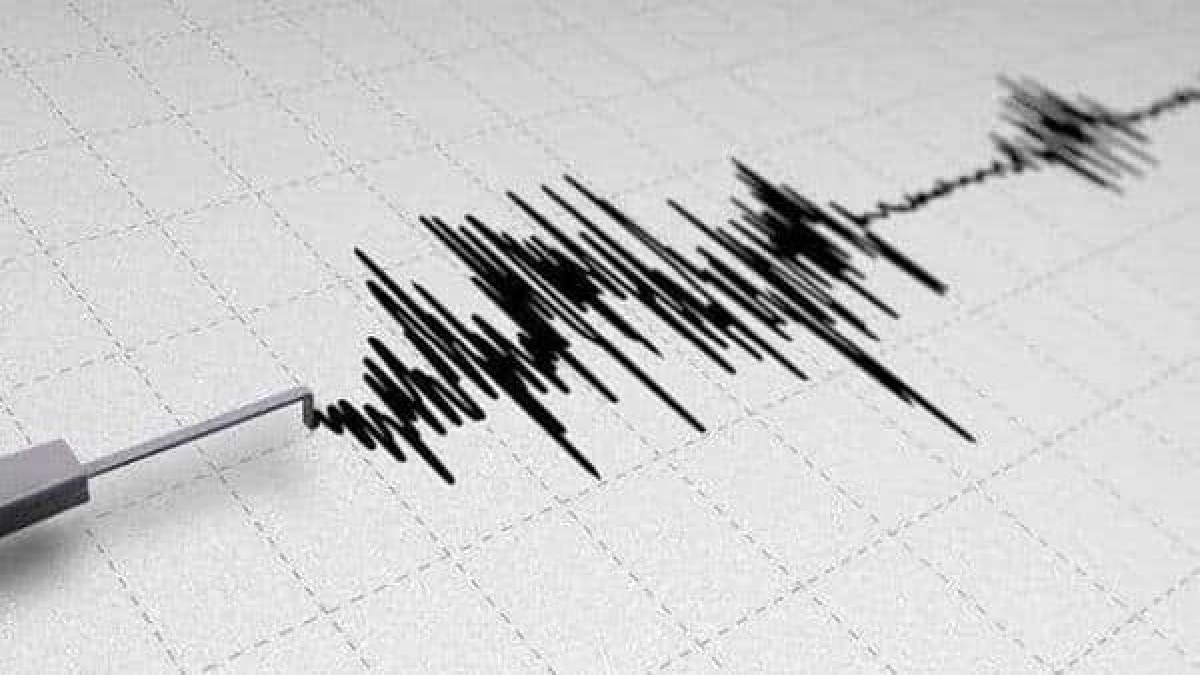Residents of Delhi and Haryana were rattled early Tuesday morning (July 22) as a 3.2 magnitude earthquake struck Faridabad in Haryana at around 6 am, according to the National Center for Seismology (NCS). Tremors were felt across Delhi-NCR, though there were no immediate reports of injuries or damage to property.
The earthquake occurred at a shallow depth of 5 km below the surface, with its epicentre at latitude 28.29°N and longitude 72.21°E, the NCS reported.
This is the second earthquake to hit the region in just 20 days. On July 10, a 4.1 magnitude quake was recorded near Jhajjar in Haryana, close to Rohtak, at around 9:04 am, sending residents across Delhi, Gurugram, Faridabad, Noida, and other NCR cities rushing out of buildings in panic. That event, too, did not result in significant damage but highlighted the seismic sensitivity of the area.
Why is Delhi prone to earthquakes?
The Delhi Disaster Management Authority (DDMA) notes that Delhi lies in Seismic Zone 4, which is considered a high-risk zone. Its proximity to the Himalayan Belt, one of the most seismically active regions in the world, contributes significantly to the earthquake threat.
The city sits near the boundary of the Indo-Australian Plate and the Eurasian Plate, where frequent tectonic movements occur. Additionally, the Delhi-Haridwar Ridge, a geological feature of the Indian Plate running beneath Delhi, can trigger intra-plate tremors, which, though smaller, are still strong enough to be widely felt.
On July 10, the Android Earthquake Alerts System quickly notified users of the quake seconds after it struck. Residents reported feeling shaking for several seconds, which rattled furniture and swayed buildings.
Safety advisory
Authorities have urged residents to remain calm and adhere to earthquake safety guidelines. People are advised to avoid elevators, stay away from fragile structures, and move to open spaces in case of further tremors.
Officials continue to monitor the situation closely and will provide updates if necessary.


